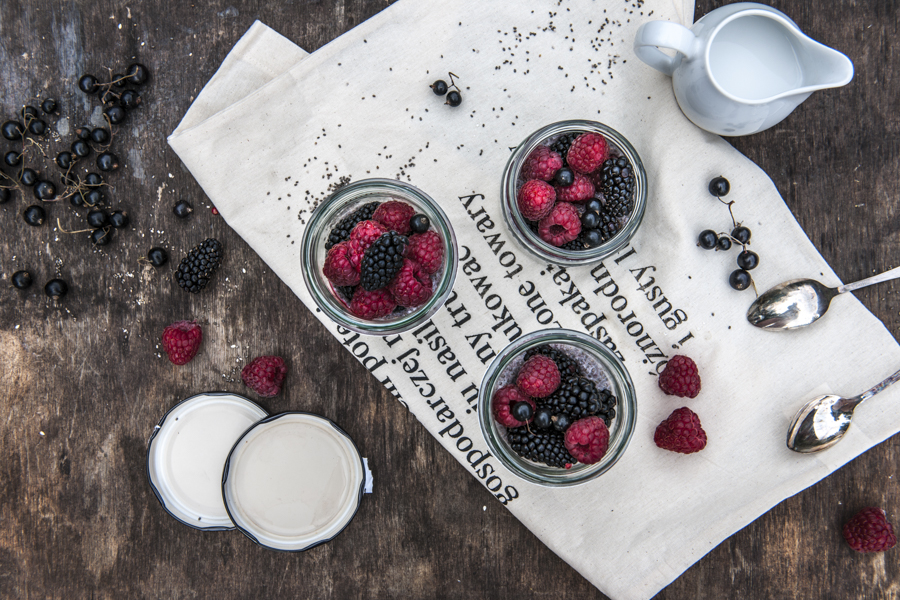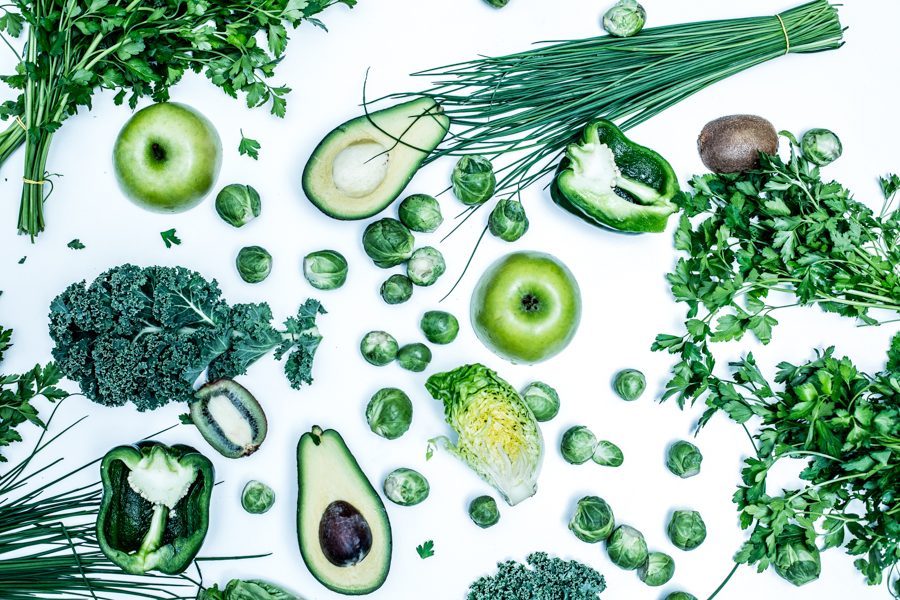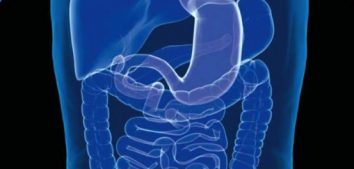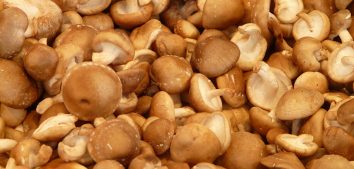
Antioxidants – what is it?
Free radical molecules are characterized by free, unpaired electrons. The most devastating are the free oxygen radicals, which tend to react with molecules, thereby damaging the others like mitochondria cells, responsible for energy production and metabolism. If the energy efficiency of the cell decreases, conditions for the development of degenerative changes and cancer mutations are created. In the mitochondria, most of the forms of oxygen, including free radicals, are produced.
There are several free radical neutralizing phases:
- The first is prevention of their formation by enzymes and some proteins
- The second is the fight, that is, the breakdown of free radicals by antioxidants (vitamins A, C and E, bilirubin, glutathione, uric acid, carnitine and flavonoids)
- The third is the elimination of the effects of radicals reactions on DNA and enzyme proteins, such as DNA polymerase
Free radicals attack us constantly, and this is accompanied by oxidative stress. Often, the balance between antioxidants and free radicals is shaken, causing harm to our health. Consequently, we are struggling with inflammation, atherosclerosis, diabetes, neurological and blood diseases, AIDS, and cancer.
What promotes the formation of free radicals?
- cigarettes
- alcohol
- stress
- chemical food preservatives
- air pollution, especially exhaust fumes
- excessive physical effort
- chemotherapy
- certain medicines
Contamination of the environment, preservatives and processed foods, and many additional factors only promote free radicals while reducing the body’s ability to produce antioxidants.
Support your health by consuming natural antioxidants:
- Fresh vegetables and fruits ( vitamin C, antioxidants, carotenoids and bioflavonoids). Especially valuable are: aronia, blueberries, blackcurrants, blackberry, wild rose and cranberry.
- Sea fish, nuts and grains will provide vitamin E
- Tomatoes will provide lycopene
It is important to diversify the diet, because there is no antioxidant acting on all free radicals.

How we divide antioxidants:
Flavonoids – a large family of plant compounds in the world of phytotherapy, are beneficial for our health. We have several types of flavonoids (we should have about 1g of it in our diet)
- Anthocyanins (dark dye in berries)
- tannins
- Phenolic acids
- resveratrol – the main polyphenolic compound present in red wine and affects HDL cholesterol
- Tocopherols – vitamin E – dissolved in fats
- Carotenoids – vitamin A dissolved in fats
- Vitamin C – antioxidant, dissolved in water
Plant products – phenolic substances often show a stronger anti-aggregation effect than aspirin:
Aronia – Polish equivalent of resveratrol, contains a large amount of anthocyanins, and its taste proves a large amount of tannins. Recommended for diabetics and people with low blood pressure.
Berry – myrtlein is taking care of the flexibility of blood vessels
Avocado – Lutein cares if glutathione supports the liver and nervous system
Almonds – Vitamin E reduces the risk of heart disease
Walnuts – high quality antioxidants – care about the heart
Banana – protects against diabetes and atherosclerosis and delay the aging process
Pear – the pear peel contains strong anti-cancer and anti-inflammatory antioxidants
Carrots – beta and alpha-carotene, lutein and many others take care of the cardiovascular system and improve brain concentration and work
Plum – protect against intestine cancer
Strawberries – a rich source of antioxidants that fight free radicals
Black currant oil – has antioxidant effect, anti-inflammatory, antithrombotic and anti-cancer effects.
Green tea – Regular drinking of 1-2 cups a day reduces the risk of skin cancer by 30%
Ginseng – is a so-called CHI tonic – Raises mental energy, improves blood pressure
White mulberry – normalizes blood sugar levels, reduces insulin resistance, acts antioxidant, acts on lipid profile.
Antioxidants are also a very powerful weapon in the fight against metabolic syndrome and diseases caused by it, such as obesity, hypertension and diabetes. Treatment should focus primarily on weight reduction, particularly in the abdominal area, on increasing physical activity and reducing the amount of saturated fats in the diet. It is worth to enrich the diet with fiber and antioxidants, whose rich source are vegetables and fruits. In the fight against disease, the results are based on the exclusion of products such as butter, cream, egg yolk and fatty cheese. In return, vitamin A can be delivered with carrots, pumpkin, melon, lettuce, spinach and kale. Vitamin C can be supplemented with berries, citrus fruits, broccoli and tomatoes. Vitamin E can be delivered by sunflower oil, sprouts, wheat sprouts, sunflower seeds, walnuts and almonds.
Source: Akademia Profesjonalnego Ziołolecznictwa
Lucyna Ostrowska – Czym kierować się w wyborze diety pacjenta z zespołem diety metabolicznej.










Comments No Comments
Join the discussion…